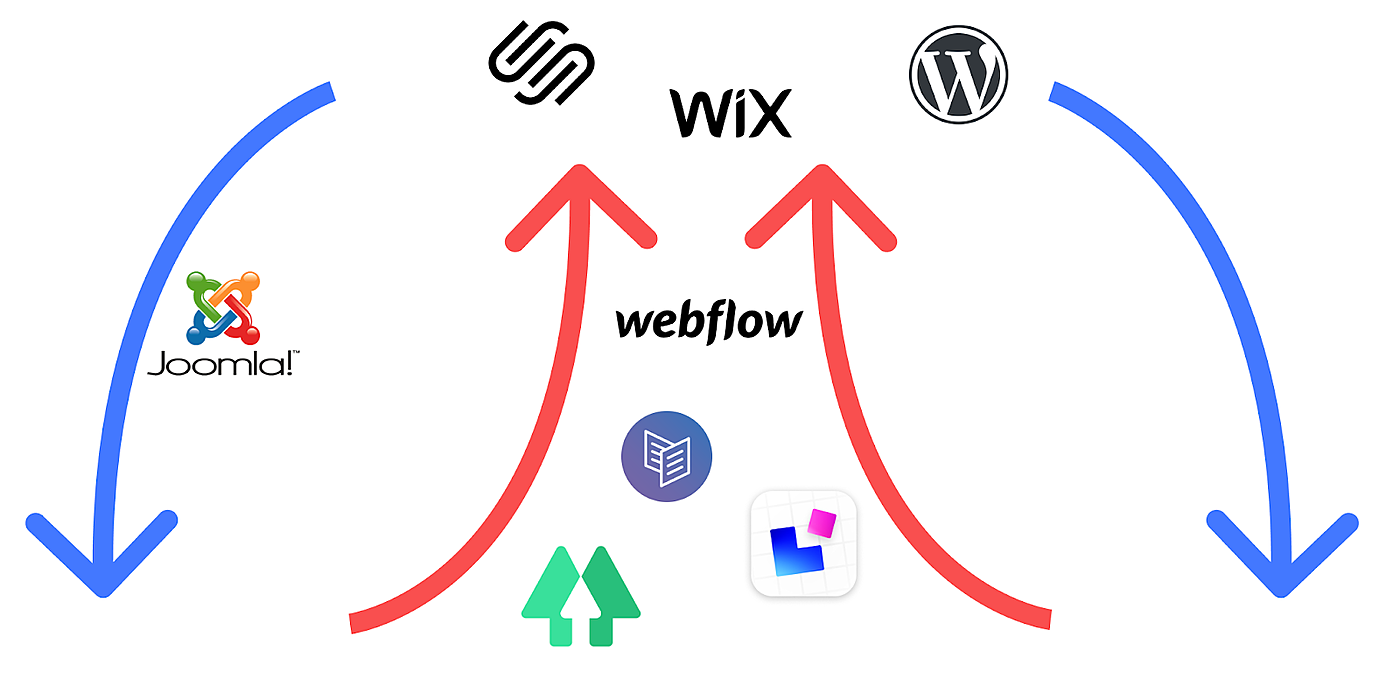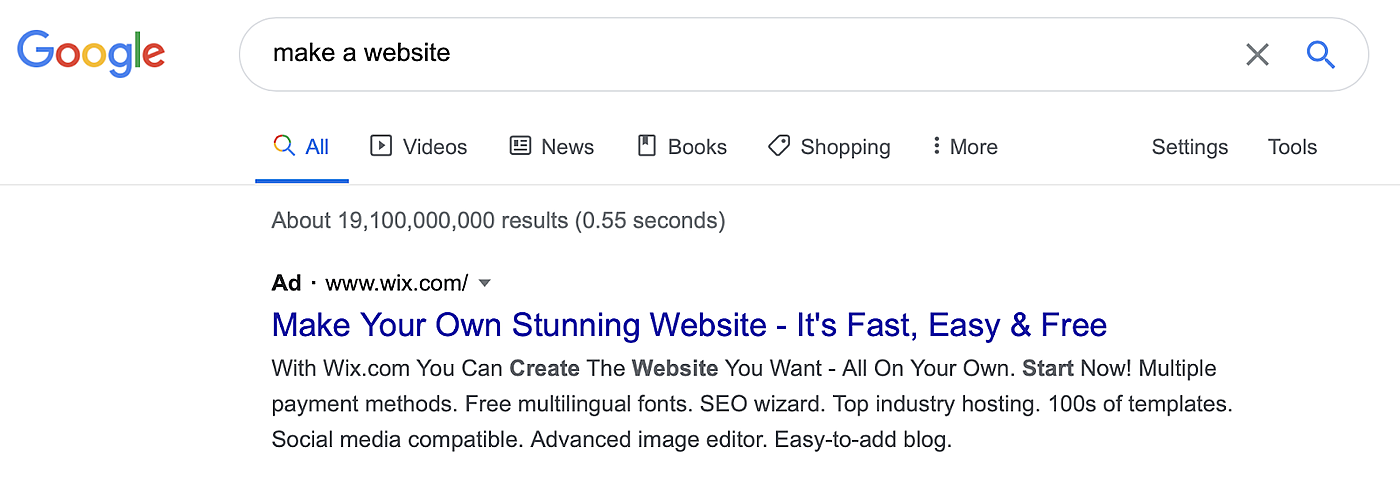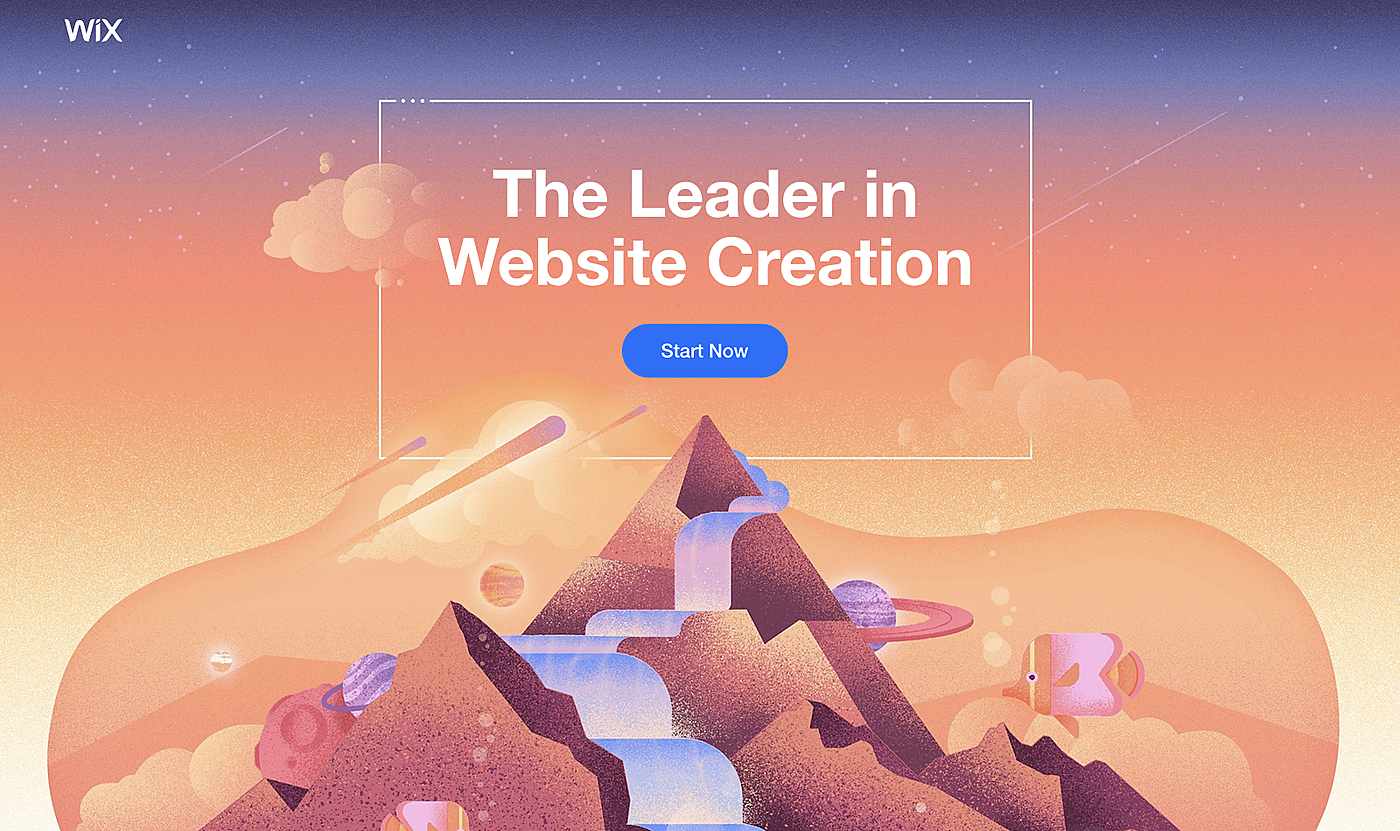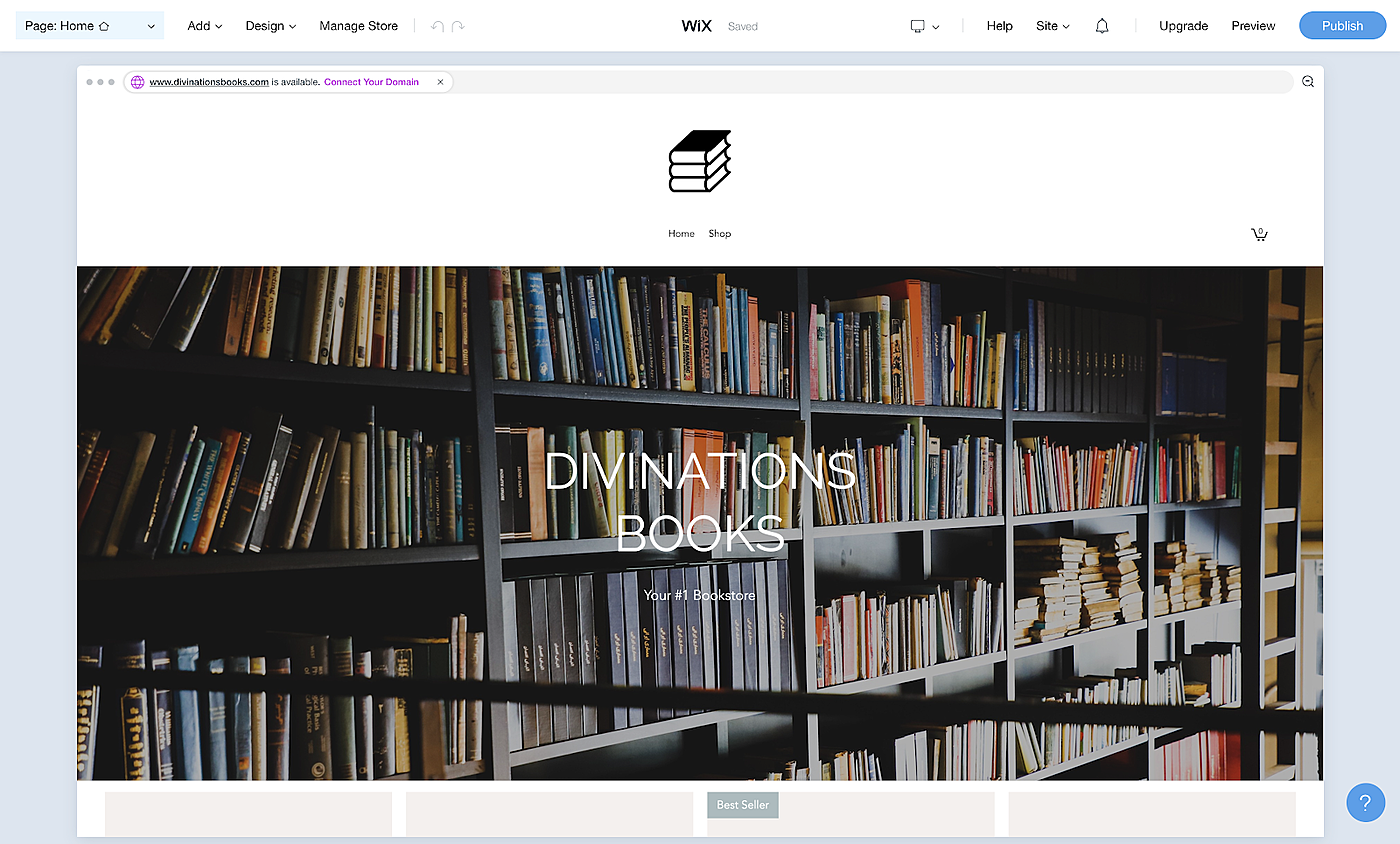
By Sidhartha Jha and Nathan Baschez
1
Once you see the pattern, you can’t unsee it:
Businesses are born simple. They attract early cohorts of users with equally simple needs. Then, as users get the hang of things, their needs become more sophisticated. So the business listens to its customers and adds complexity into the product. It’s a co-evolutionary process, where everybody is optimizing according to their knowledge and incentives.
This is great! It works almost perfectly for the business and customers that grow up together. But there is a problem, too.
As new cohorts of customers enter the market — because new businesses are formed, old businesses start using a new technology for the first time, or new generations of humans grow up and encounter new needs — they discover a lot of complexity that they’re not ready for yet. It’s daunting!
Their needs are simple, so they prefer to use simple products by new companies. Then they grow up together and become more complex. The cycle repeats itself.
Just like convection!
The goal of “Complexity Convection” is to give a name for the natural processes that drive so many companies up-market and leave them open to disruption.
Whether you’re investing or managing businesses, it’s important to understand these patterns and navigate the various traps and mis-aligned incentives that can arise as businesses age. And if you’re a founder starting something new, it’s extremely helpful to have a deep understanding of the weak spots that big companies often have.
So let’s get started. Just as Clay Christensen chose the disk drive industry to study patterns of disruption in the 70s, 80s, and 90s, today we can use the website builder space to see similar dynamics at play.
2
Imagine you run a local bookstore. Foot traffic has evaporated during the pandemic, your Quickbooks account is growing increasingly depressing, and you need to do something about it. So you decide to make a website.
You start by Googling it.
The first result you see is an ad for Wix. Fast, easy, and free? That sounds good.
*Click*
The page loads instantly, and fills your screen with an illustration of a stream that is somehow flowing directly out of the peak of a beautiful pyramid/mountain thing, which is unsubtly pointing directly at the “start now” button.
Eh, why not?
The site asks you a series of questions. What type of business is this? You start tapping out “booksto…” and it auto-completes it for you. Interesting. How many employees? Annual revenue? Do you want to sell stuff online?
You pick a theme, and hit “create”.
And wait a few moments.
And then a few more.
A page begins to appear, but it feels heavy, and slow. The keys grow warm beneath your fingers. Your fan spins.
And then… you have a website!
The Only Subscription
You Need to
Stay at the
Edge of AI
The essential toolkit for those shaping the future
"This might be the best value you
can get from an AI subscription."
- Jay S.
Join 100,000+ leaders, builders, and innovators

Email address
Already have an account? Sign in
What is included in a subscription?
Daily insights from AI pioneers + early access to powerful AI tools












Comments
Don't have an account? Sign up!